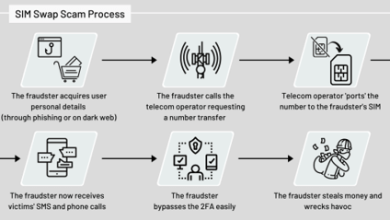5 Factors That Are Affecting Your Sender Reputation

For email marketers, sender reputation is everything. And if you’re new to email marketing, you’re probably confused by all the different areas of it. Luckily for you, we’re here to give you a bit more information about sender reputation, and what are the factors that are affecting it.
Sender reputation is a score email service providers like Google and Outlook are keeping on you. In short – it shows whether your emails are to be trusted, and it can make or break your email campaigns.
If your reputation goes low, your emails will keep going to spam and junk folders (your email deliverability rate will lower), and you risk losing this promotional channel completely. On the other hand, if you take good care of your subscribers, your reputation will stay high, and so will your sales.
So, let’s see what are the top five factors that are affecting your reputation, and what can you do about them.
Email Volume and Frequency
The number of emails you send, and how frequently you send them can affect your reputation. Especially if your IP address is new. If that’s the case, start slow, and send more emails with each new campaign until you manage to build up a good sender score.
Spam Complaints
It’s enough for recipients to mark you as spam a couple of times per thousand emails for you to start ending up in the spam folder.
This is why you should use double opt-in to ensure everyone on your list actually wants to be there. Additionally, you should avoid using spammy subject lines and content.
Besides – avoid buying email lists at all costs. These are the people who never subscribed to hear from you, so you’ll surely get marked as spam in their inbox, which will lower your reputation.
Bounces
There are two types of bounces – soft and hard. Soft bounces have nothing to do with you, and they’re usually a temporary problem. On the other hand, hard bounces can happen for several reasons. More often than not, a hard bounce will happen when you’re emailing an invalid address (outdated, deactivated, with typos, etc.).
Use an email checking service before sending out your emails to ensure each address on your list is legitimate.
Engagement
The way users interact with your emails will also affect your sender reputation. Check your analytics regularly to find out who hasn’t interacted with your emails in a while. Try sending them a reactivation campaign, and if that doesn’t work – remove them from the list.
Open rates also depend on when you’re sending your emails, and how catchy are your subject lines. We recommend that you A/B test your subject lines, and try sending campaigns at different times until you figure out what works best for you and your audience.
Unsubscribe Rate
Getting some unsubscribers here and there won’t hurt your reputation. However, sudden spikes in it will.
If your unsubscribe list is getting longer, it’s time to investigate the issue. Check how these people got to your list, and always use a double opt-in option to make sure real people are subscribing to your lists.
Wrapping Up
You can use different tools to track your sender reputation, as well as email deliverability, but you need to be on the lookout for telltale signs that something is wrong. So, pay attention to the number of your subscribers, your spam reports, and your engagement rates.

















